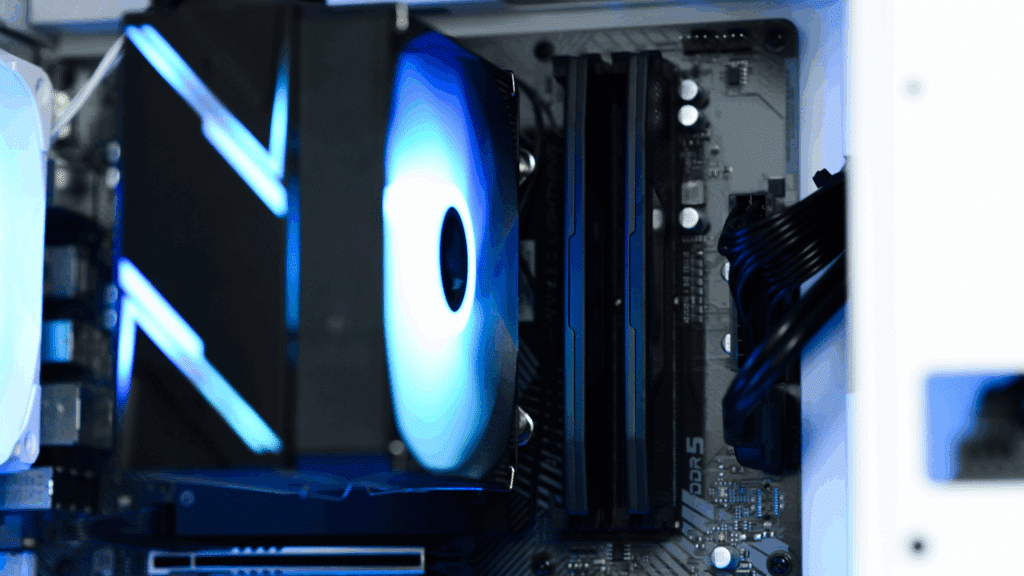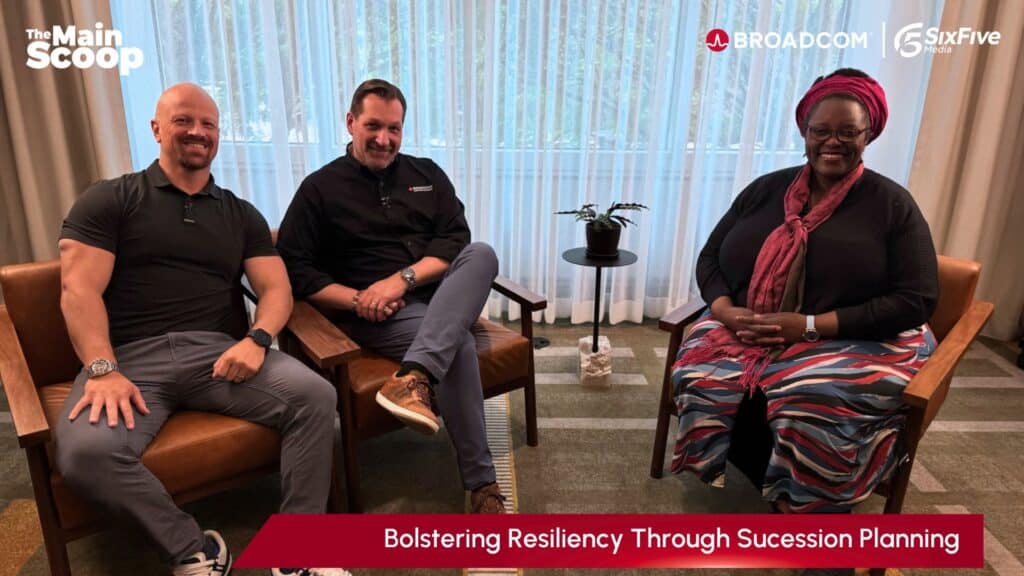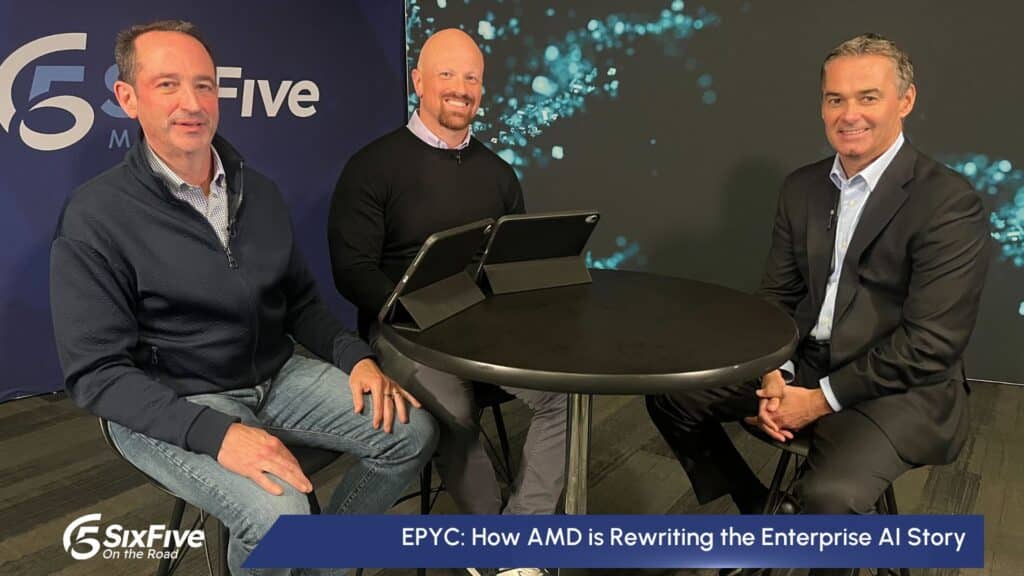The Six Five team discusses Salesforce’s BYOM or “Bring Your Own Model” approach with the announcement of Einstein Studio.
If you are interested in watching the full episode you can check it out here.
Disclaimer: The Six Five Webcast is for information and entertainment purposes only. Over the course of this webcast, we may talk about companies that are publicly traded and we may even reference that fact and their equity share price, but please do not take anything that we say as a recommendation about what you should do with your investment dollars. We are not investment advisors and we ask that you do not treat us as such.
Transcript:
Daniel Newman: Salesforce says bring your own model. And so, let me talk about this a little bit. What we’ve really had here is a bit of what I would call as a pinging pong of generative AI announcements. Microsoft makes one, Salesforce makes one, Microsoft makes one, Salesforce SAP makes one. Microsoft makes… And by the way, I keep saying Microsoft because they by far are making the most. Now, that’s a byproduct of a couple of things. They’ve got the broadest portfolio, they’re putting open AI and stacking GPT on everything. But at the same time right now, there is a definite aggressive architecture to be that, “Hey, we’re the company building AI into everything.” But Salesforce is the SaaS leader in CRM, and that’s been the case for a long time. The two companies have had a little bit of a debate on who put AI first into their CRM. I won’t try to make that call because they’ll both tell me I’m wrong. So I’d rather just play on the safe side on that one. But-
Patrick Moorhead: You play safe a lot.
Daniel Newman: I don’t play safe that much. Don’t read my market. You don’t read my market.
Patrick Moorhead: I’d love to see you take more shots, but you are younger than me.
Daniel Newman: Are you lecturing me on air? You’ve already lectured me in the comments. Are you going to lecture me on air? Is that what you’re doing? We’re not going to do that here.
Patrick Moorhead: No, buddy, we’re besties. No lecture.
Daniel Newman: We’re not going to do that here. But no, look, I can make the argument for both sides. That’s why I’m good at this. But here’s the thing. Multi LLM or single LLM, or better yet, multi-model or single model, I think we all know where this is going to end up. And I think one of the most interesting things, and going to be the most interesting debates at the end of this competitive story is going to be, did it make sense to go all in and build your own LLM? Was there enough value in it or is the real money in the ability to daisy chain stack and utilize a lot of different models in a very simplistic way? So Salesforce is saying, “Yeah, we’ve partnered with OpenAI. We partnered to have ChatGPT capabilities, but we are going to build our data cloud in a very open, bring your own model capacity.”
So Einstein’s Studio effectively is going to enable people to work across the ecosystem. Sagemaker, AWS, Vertex and others, Cohere, Anthropic, different models. And the idea is you’re going to be able to use the studio without requiring an ETL. You can deploy quickly. You can generate higher numbers of predictions. And of course, they’re saying if you can do these two things as a business, you’ll be able to increase your revenue and bring down the churn in your business. This is a pretty pivotal seminal moment for Salesforce. The company had launched its big GPT moment a couple months back in New York City. They came out with pricing. They’ve basically built this data cloud. They’re letting customers have quite a bit of governance in how the LLM and training is used. I think, frankly, Pat, if you remember six or seven years ago, Marc Benioff pitched the Einstein concept and this is how it went.
It just landed like that and whatever that is. But sometimes it’s like Jensen, he was wrong about enterprise AI until he wasn’t. And I think a little bit of what was here was the sophistication of AI, the models training. It was really in the beginning it was more advanced analytics and ML was really what he was touting. But now with generative tools, with where we’re at with AI semis, with where we’re at with software and cost management, the ability to implement AI into your business applications is very real. And so the claim to be stick is that they had this vision six or seven years ago and now we’re seeing it come to reality. I’m pretty excited about the idea of an open approach to bring your own model. A lot of people have been down on anyone that’s not sort of Google or Microsoft because they didn’t go all in and build it themselves. Those companies are going to be very successful in AI.
But I think in the end, like a hybrid cloud, AWS didn’t say hybrid cloud for a long time and then now they say hybrid and then multi. It happened over a period of time. I think that’s what’s going to happen here with AI. I think we’ve seen AI very monolithic in the models to like, “Oh my gosh, we’re going to need small models. We’re going to need foundational models. We’re going to need large models. We’re going to need micro models. We’re going to have different models for different things and they’re all going to be required to really truly benefit from AI.”
So in the opposite moment, that’s why a bedrock can work and that’s why a Salesforce bring your own model can work. And we’re going to see this ebb and flow between many models, single models and in the large languages even, is one model enough or do each bring something of value here? And then, of course it’s how you deploy it, how you make it easy, how you train. I like what they’re doing here, pat. I think it’s interesting. I think competition brings innovation. You and I talk about this all the time. My Forbes piece says this in the end, the more they innovate, the more they compete, the more we win.
Patrick Moorhead: Okay, we got nine minutes. Two and a half topics.
Daniel Newman: Oh my God.
Patrick Moorhead: So please stop talking. No, I’m just kidding. So first off, it’s hard to determine if Einstein using machine learning and deep learning was successful, okay? But any chatbot that came out six or seven years ago wasn’t that good. It solved a few problems but also created a few as well. Now, Salesforce did go from zero AI predictions per week to a trillion. So I think that is one metric that says it was successful. So a couple things I just wanted to hit that I don’t think may have been covered either holistically or appropriately out there.
So first of all, Deloitte’s not just a partner, they’re actually a customer. So they’re using AWS SageMaker to support the bring your own model Einstein studio. Now the interesting part is I got to do some research on this. I still can’t make the connection from Sagemaker to Bedrock. In fact, I met with the AWS folks last week and there is currently not a connection between those, but what I think in Einstein’s Studio is doing, they are making that connection between Sagemaker and Bedrock. The other thing that didn’t get a lot of play as well, is really the importance of the Salesforce data cloud. I just hired a new VP in principal analyst Robert Kramer, and I’m going to sick him on this. But essentially this gets back to– you have to have– it’s garbage in, garbage out, right? That’s been true for 50 years. And you have to have the ability to take real time and proprietary data, train those, but also toss out and basically tear up the data that you don’t want sitting around, that you don’t want others to look at.
And I’ve been pretty hard on Salesforce the last couple of years, but I do have to give credit where credit is due. They did a really good job showing in their AI day that I know you attended. I watched one video on how the Salesforce data cloud works and also the Einstein Trust layer. I need to do a little bit more research on the trust layer, but I’m hopeful that Salesforce does not make themselves the arbiter of what’s good speech and what is bad speech. They’re letting their customers be able to determine that otherwise they’re putting themselves in an absolute no in situation with the barbell of ideologies that we have out there right now.
Author Information
Daniel is the CEO of The Futurum Group. Living his life at the intersection of people and technology, Daniel works with the world’s largest technology brands exploring Digital Transformation and how it is influencing the enterprise.
From the leading edge of AI to global technology policy, Daniel makes the connections between business, people and tech that are required for companies to benefit most from their technology investments. Daniel is a top 5 globally ranked industry analyst and his ideas are regularly cited or shared in television appearances by CNBC, Bloomberg, Wall Street Journal and hundreds of other sites around the world.
A 7x Best-Selling Author including his most recent book “Human/Machine.” Daniel is also a Forbes and MarketWatch (Dow Jones) contributor.
An MBA and Former Graduate Adjunct Faculty, Daniel is an Austin Texas transplant after 40 years in Chicago. His speaking takes him around the world each year as he shares his vision of the role technology will play in our future.





